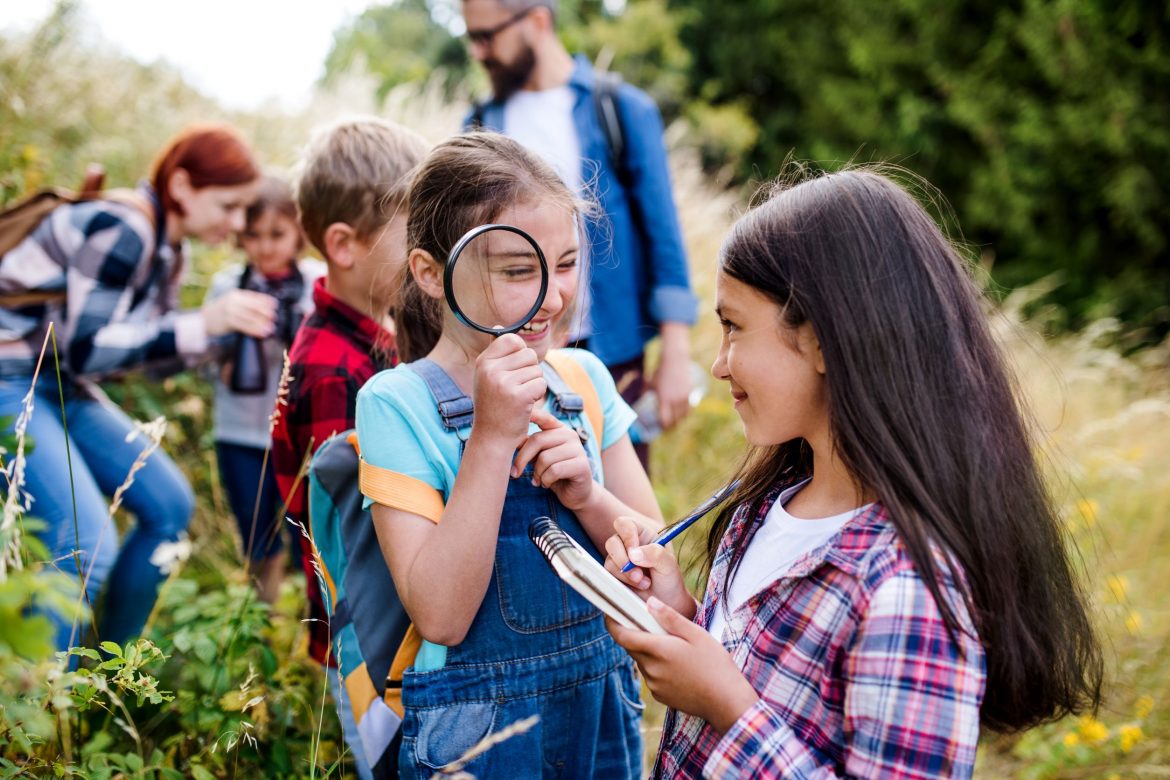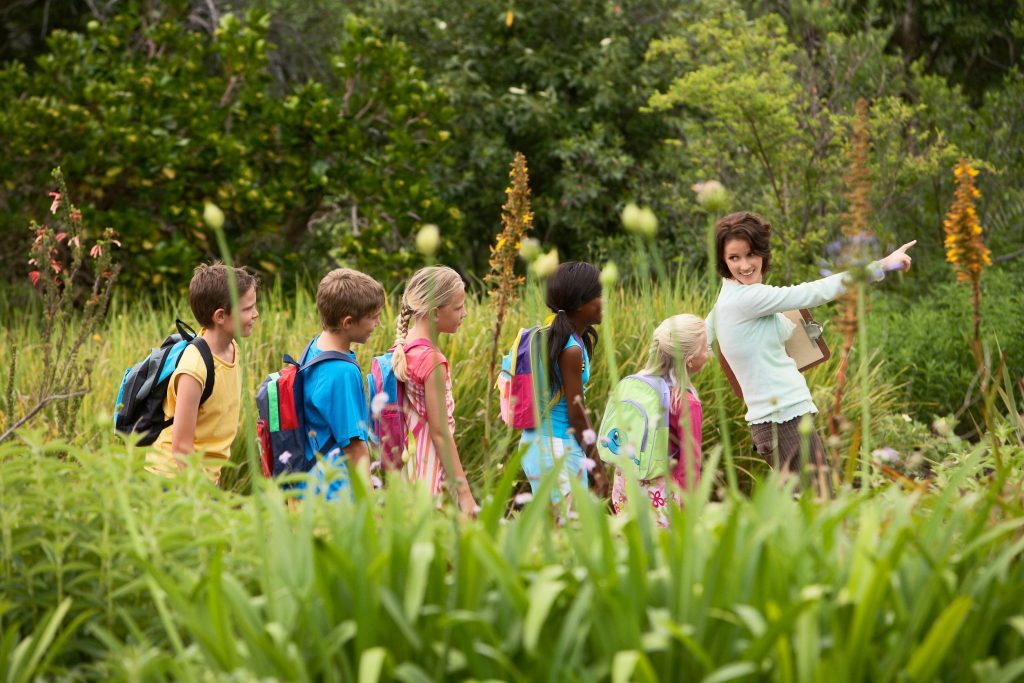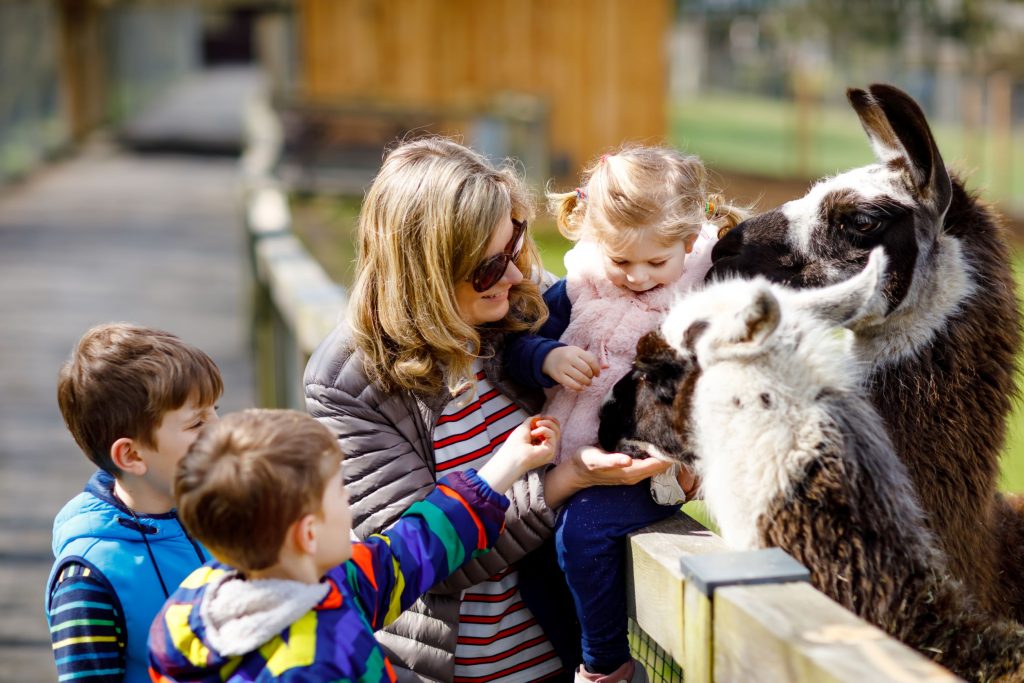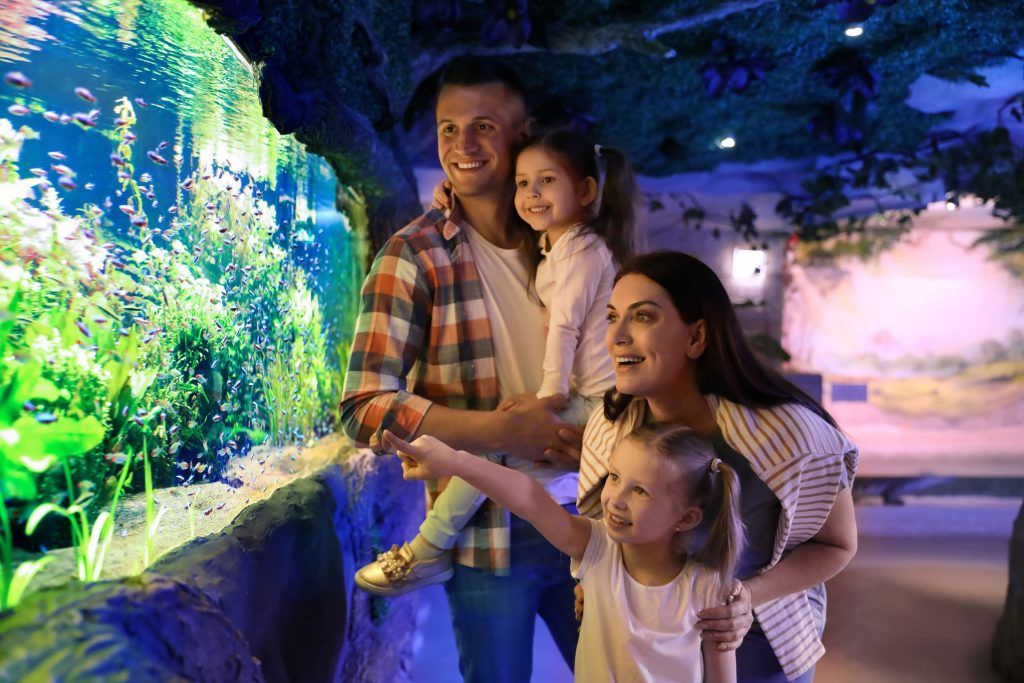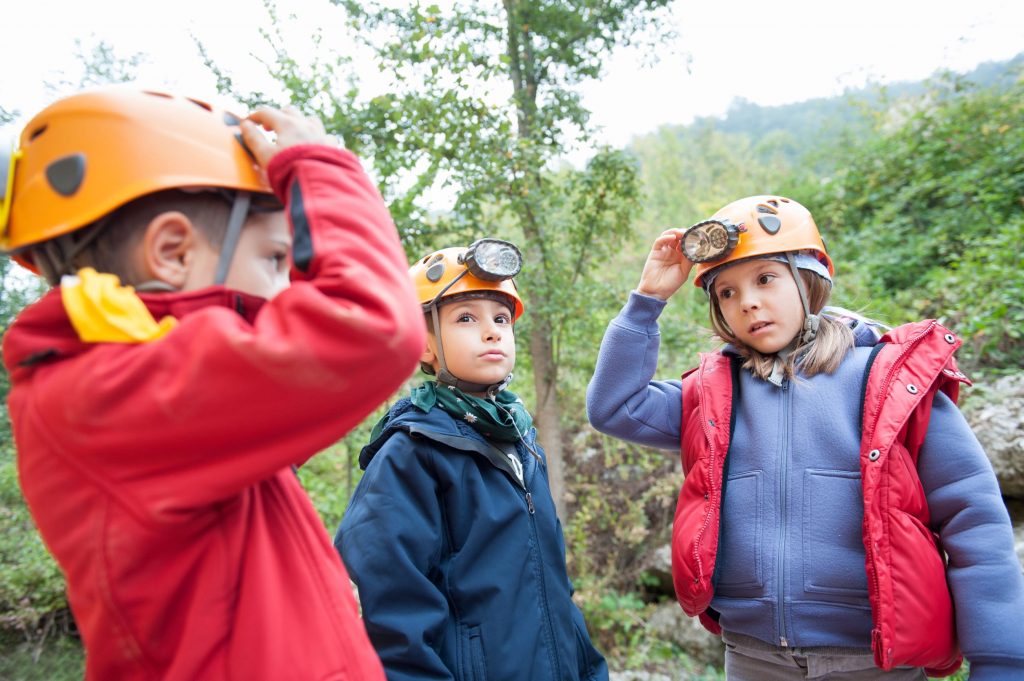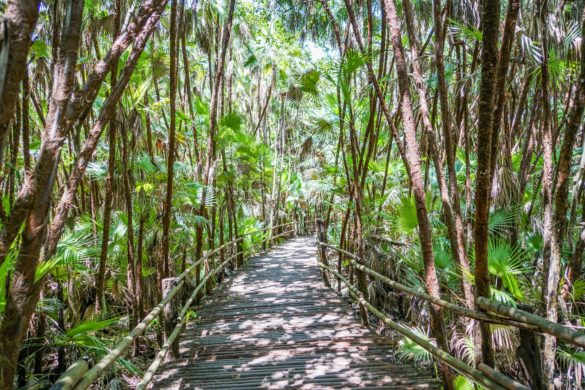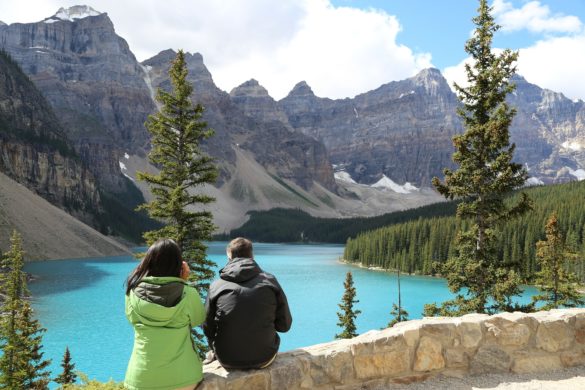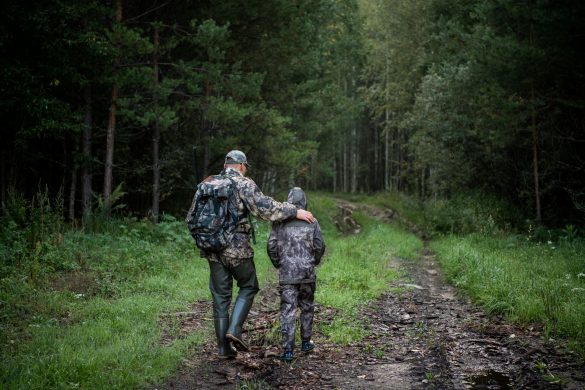Ah, the great outdoors. There’s just something about being in nature that captures our attention and inspires us to explore. Whether it’s spending time at our local nature centre, exploring nearby forests, or going on a field trip, being outdoors can be a great way to get kids excited about learning about the environment.
Environmentally-conscious field trips can be a great way to introduce kids to the wonders of nature and teach them about their local environment. With so many great ideas for incorporating field trips into your family’s schedule, you’re bound to find one that fits into your budget and your schedule.
How about a little hands-on learning and a chance to explore the natural world? From exploring the ecosystem of your local park to going on a nature hike, check out these 10 creative ideas for environmental field trips.
1. Take a walk in the woods
Planning a nature field trip to a nature preserve or an urban park is a great idea. This is because these types of places are great for exploring. After all, they offer a variety of ecosystems and habitats, many of which you may not find in your backyard. Plus, you can explore a variety of plants, animals and geological formations that you may not be able to find in your local city or park.
2. Visit an animal shelter
If you’re looking for a hands-on way to introduce kids to the importance of protecting animals, take them to a local animal shelter. At an animal shelter, kids learn about the many types of animals that are available for adoption, meet some of the animals that are available for adoption and learn about the responsibilities that come with caring for an animal. Plus, they’re learning while they’re having fun!
3. Go camping
Camping trips may be a once-in-a-lifetime experience for your family, but they’re an easy, fun way to get outside and connect with your nature. You can choose a local campground that is safe, has water and provides bathroom facilities or go on a longer camping trip.
4. Play in the park
Play in the park is a great way to get kids excited about nature. You can bring in any toys you have at home and use them to teach kids about nature. For example, make a nature trail with sticks, leaves and stones. Then, have your kids follow the trail and observe the sights and sounds that they create.
5. Go to a nature centre
Visit a local nature centre to learn about the local environment, meet some of the native plants and animals that you’re nearby, and also get hands-on. You can also visit a nature centre on a field trip during the school year to get more hands-on time and explore many more exhibits.
6. Go beekeeping
Beekeeping is a great way to connect kids with nature. Bees produce honey, which is an excellent way to sweeten water. Honey can be used in a variety of ways and is great for flavouring tea, coffee, and more. Beekeeping is a great activity to do with kids because it can help them understand how plants grow and how food is grown. You can also offer beekeeping classes to teach kids more about this fascinating activity.
7. Visit a local farm or greenhouse
Visit a local farm or greenhouse to learn about the types of crops that are grown in your area. You can also learn about the types of animals that are kept on farms and in greenhouses near you.
8. Visit a zoo
Zoos can be a very effective way to connect kids with nature. They can also provide a great way to introduce kids to animals that they might not otherwise get to see in their city. By spending time in a zoo, kids can learn about animals that are native to the area and even learn about the ecosystems in which these animals live. There are a wide variety of zoos that have different things to offer depending on what they specialize in. You can try zoos that have conservation programs, zoos that focus on endangered species, and zoos that offer programs for kids.
9. Learn about plants at the garden centre
If you have access to a garden centre, visit it! There are several reasons why a garden centre would make an awesome field trip. First of all, you can learn about a wide variety of plants. Most garden centres have a wide variety of native plants and flowers, as well as a variety of endangered species. You can also learn about the different soil types, how to water different plants, and a wide variety of other things that are important when caring for plants.
10. Visit a rainforest
Visiting a rainforest can be a very effective way to connect kids with nature. Rainforests are home to a wide variety of flora and fauna, and you can learn a lot about them by visiting a rainforest. You can also visit a rainforest as a way to help kids understand that we live in a very different part of the world from where they live. Rainforests are home to a wide variety of flora and fauna, and you can learn a lot about them by visiting a rainforest. You can also visit a rainforest as a way to help kids understand that we live in a very different part of the world from where they live.
11. Have a nature scavenger hunt
What are some of the interesting features of your city? You can use this as a way to learn about your environment. You can also use this as a way to get your kids exploring. You can set out scavenger hunt clues as to things you see in your city. Things like trees, rocks, or flowers. If you have time, you can make a nature trail of the city and let your kids explore it as they look for clues.
12. Visit an Environmental Learning Center
Environmental learning centres are great places to learn about the environment. They are often located near nature parks, so you can learn about the ecosystems in which the parks are located. Environmental learning centres often offer programs in a variety of areas, including ecology, birds, mammals, the arts, and more. You can also learn about the importance of conservation and healthy ecosystems.
13. See a play or musical about the environment
If your family loves the arts, you can use this as an opportunity to visit museums. But, you can also use this as an opportunity to visit plays or musicals about the environment. By seeing a play or listening to a musical about the environment, you can learn about the ecosystems in which your family lives. This is a great way to get kids excited about the environment.
14. Visit an aquarium
A great way to get kids excited about the environment is to plan a trip to an aquarium. Aquariums can be found in many places with ample species diversity and great opportunities for kids to learn about aquatic ecosystems. Some of the best places to find an aquarium with a variety of species include national parks and state parks.
Be sure to bring along a journal for kids to record observations, such as what species they see, the number of fish of different species, what conditions the water is kept in, and how the public interacts with the aquarium.
15. Visit a butterfly conservatory
Butterflies are a fantastic symbol of transformation and rebirth. Many children are fascinated by the transformation that occurs as a caterpillar turns into a butterfly and then another creature. A good way to get kids excited about the environment is to visit a butterfly conservatory. Many butterfly conservatories around the country provide a variety of habitats for caterpillars and offer educational programming for kids. Visiting a butterfly conservatory can make a great environmental field trip for kids of all ages.
16. Go on a wildlife walk
A wonderful way to learn about the natural world is to go on a nature walk. National parks and state parks are great places to go on a nature walk. Natural parks often have more paths and trails where you can explore more of the surrounding area. Many nature centres offer guided nature walks, which can be an excellent way for kids to learn about the local plants and animals.
17. Stay overnight in a cabin or treehouse
Staycations are all the rage right now, and staying overnight in a treehouse or cabin is one of the best ways to do it. Many companies offer overnight treehouse tours where you can explore the forest floor with guides and get a bird’s eye view of the forest from the treehouses. Or you can also opt for more traditional treehouse packages where you explore the surrounding area from the comfort of your tree-dwelling.
18. Visit a museum
Museums are a great way to learn about the natural world, such as local ecosystems and the biodiversity that can be found within them. Many museums around the country are great places to visit. Each museum may have different exhibits on different topics to make it a great choice for an environmental field trip.
19. Visit an arboretum
Arboretums are a wonderful place to learn about plants. There are many different types of arboretums, such as tropical and desert arboretums. Each type of arboretum provides great diversity in species and can be a great place to explore local ecosystems. There are many different types of arboretums for kids to explore, so you can use it as an environmental field trip to learn about local ecosystems and the biodiversity that can be found in them.
20. Take a canoe trip
Canoeing is a wonderful way to get kids excited about the environment. There are many different types of canoeing trips you can choose from. Some canoeing trips are more focused on exploring the local ecosystem, such as the Great Lakes, while others focus more on an adventure and include activities for kids such as diving and snorkelling. A great way to incorporate environmental field trips into your family’s schedule is to plan a canoe trip.
21. Go cave exploring
Caves are an excellent place to find species diversity and learn about local ecosystems. Many caves have been preserved by the earth, which provides great opportunities to explore biodiversity. You can also make a field trip out of exploring caves, offering a great opportunity for parents and kids to get close. Caves are a great place to find biodiversity and learn about local ecosystems. You can use it as an environmental field trip to get your kids excited about the environment.
Let’s Explore!
When you have children, nature and the outdoors becomes extremely important. There are so many ways to connect with nature for kids, and it doesn’t have to cost a lot of money. Go above and beyond with your environmental field trips and make them unique to your family. Spend a little time outside and you’ll be amazed at all the things you can see!


